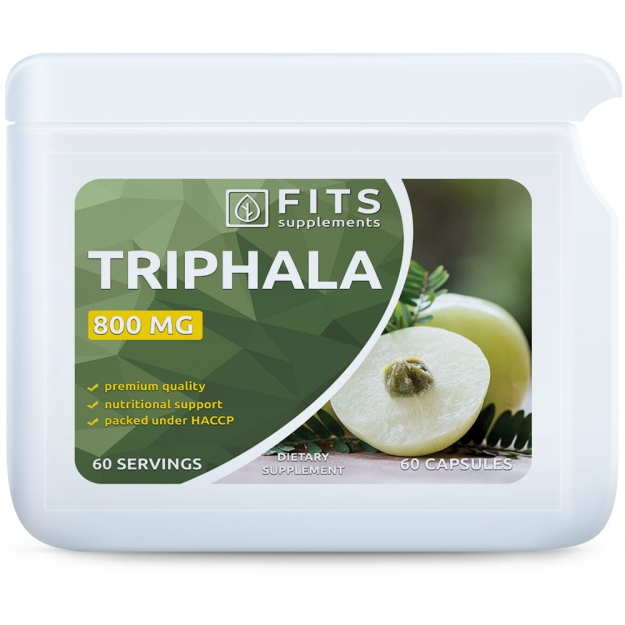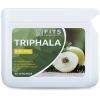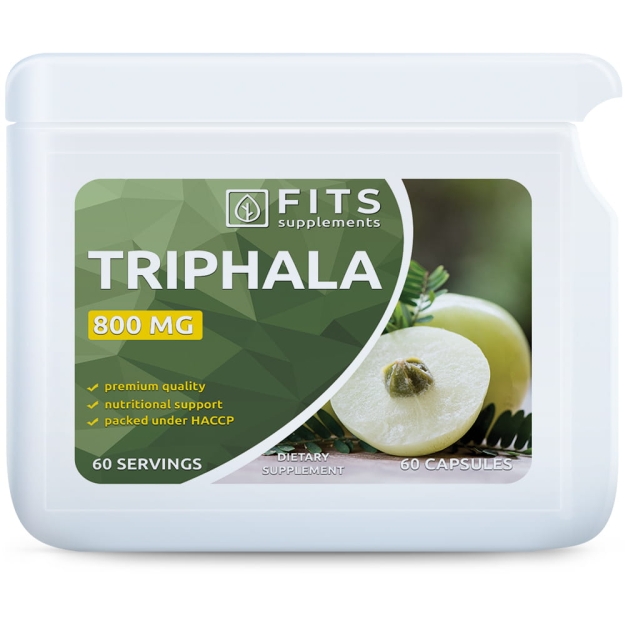Triphala has been used in traditional medicine since ancient times as a versatile remedy for symptoms ranging from digestive disorders to dental issues. It is also believed to promote longevity and overall health. It is considered a polyherbal medicine consisting of several different medicinal plants.
Amla (Emblica Officinalis):
More commonly known as Indian gooseberry, it is one of the oldest known edible fruits in India. Indian gooseberries are the edible fruits of a small to medium-sized tree that grows throughout India. Indian gooseberries are nutritious and rich in vitamin C, amino acids, and minerals. They also contain potent plant compounds such as phenols, tannins, ellagic acid, rutin, and curcuminoids.
Bibhitaki (Terminalia bellirica):
Bibhitaki (Terminalia bellirica) is a large tree commonly found in Southeast Asia. Bibhitaki contains tannins, ellagic acid, gallic acid, lignans, and flavonoids, among many other potent plant compounds believed to be responsible for its medicinal properties. This powerful herbal remedy has various uses and can help treat a wide range of medical conditions. Bibhitaki is commonly used in Ayurvedic medicine to treat diabetes and blood sugar dysregulation.
Haritaki (Terminalia chebula):
This plant is known as "Haritaki" in Ayurveda, where the small green fruit of Terminalia chebula is used as a medicine. It is one of the main components of Triphala. It has been used since ancient times to treat various conditions, including heart diseases, asthma, ulcers, and gastrointestinal disorders. Studies have shown that haritaki possesses strong anti-inflammatory and antioxidant properties.







